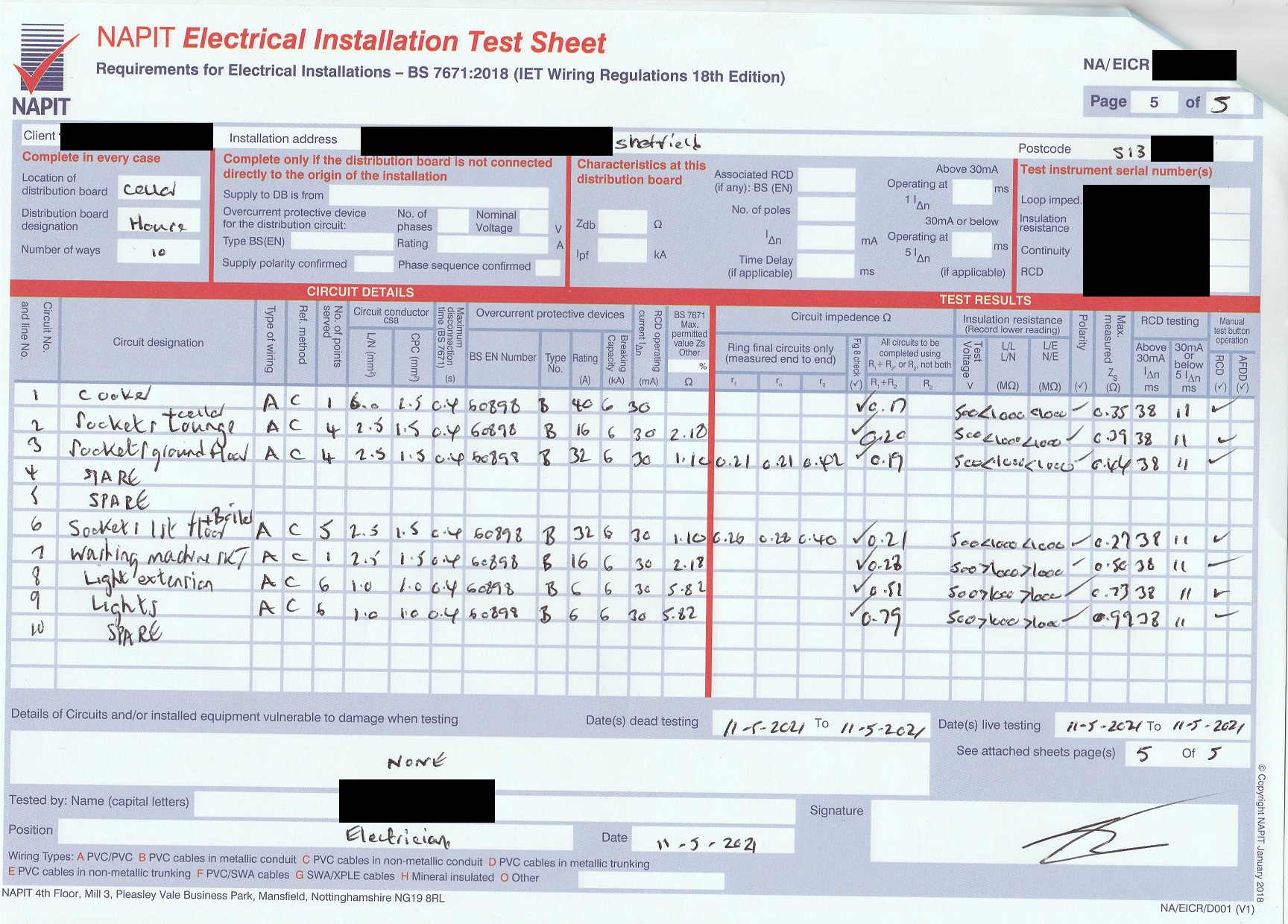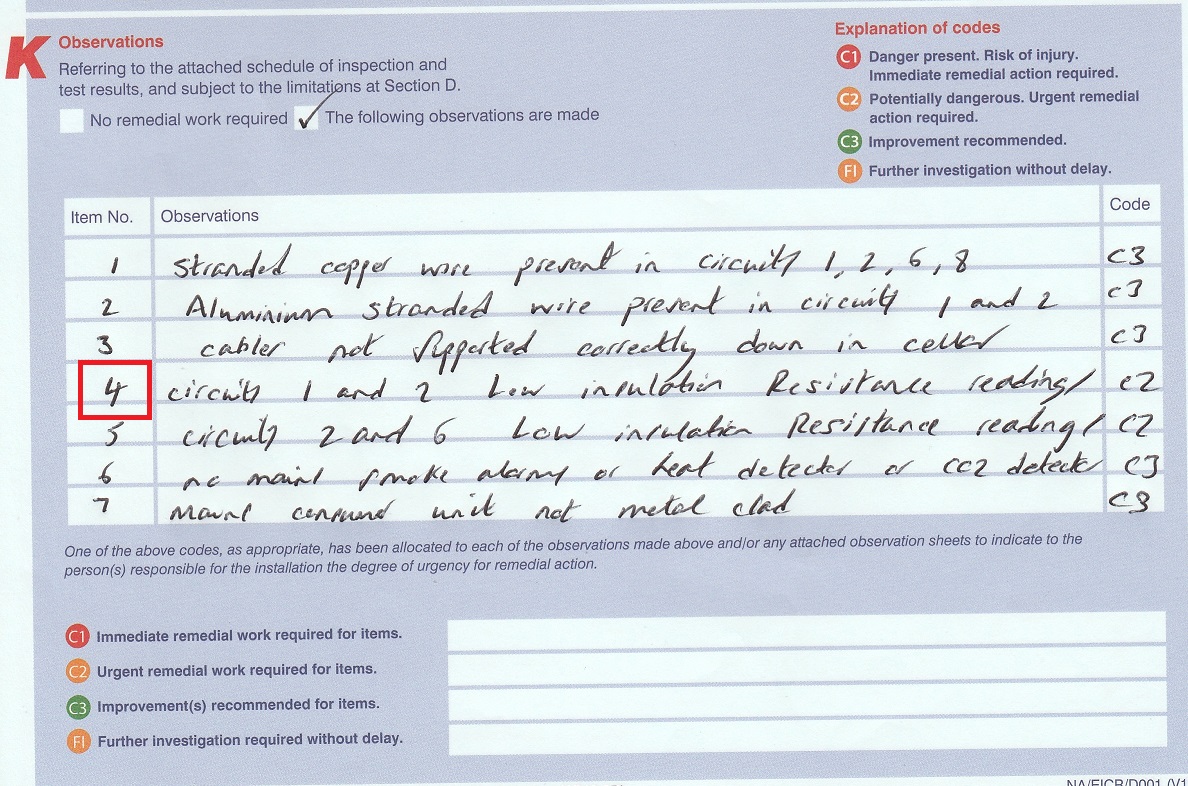This is most definitely not a DIY question... however, it is one people here can likely answer for me to give me a bit of extra knowledge, and power.
I have a let property that is an old Sheffield terrace. I have a slightly reclusive Tenant in there. For years I've had annual challenges trying to obtain access to do the Gas Safety Checks... but I have always managed to do them. Recently, there's been a whole load of messing about between her and my friendly Electrician who did all my other EICRs. Finally he got in...
He came around to see me afterwards and said that the property fully deserves (actually he said "needs") a re-wire.
Now, I'm not dead against this - not at all - but it'll mean the Tenant moving out, at least temporarily (likely at my cost), while this is done... and then plastering and redecorating and most likely a pretty substantial refurbishment (kitchen for example). He's coded some C3s on the EICR about multi-stranded wire (this wiring must be from before 1970s or something) and the consumer unit not being metal-clad... but, of course, it's the C2 that means urgent remedial work is required... and he's suggesting a re-wire - when I mentioned this to the Tenant she went mental... and started crying... she knows that the rent is low and she'll not find anywhere else. I don't want to make anyone homeless, and I am happy for her to come back... but if I do a good refurbishment along with this re-wire, then I'm going to value raising the rent a bit... so she is in a sticky situation and panicking about if she even leaves temporarily she might not get to come back.
My question is whether a C2 noted as - "circuits 1 and 2 low insulation resistance reading" - is something that can realistically be remediated - even if the Electrician and Landlord don't really want to go down that path (and might secretly support a full re-wire with an empty property)?
Any information gratefully received. I'd like to take the opportunity for a full re-wire but also want to do what I consider the "right thing" for my multi-year Tenant, who - sadly - does make things somewhat difficult.
I have a let property that is an old Sheffield terrace. I have a slightly reclusive Tenant in there. For years I've had annual challenges trying to obtain access to do the Gas Safety Checks... but I have always managed to do them. Recently, there's been a whole load of messing about between her and my friendly Electrician who did all my other EICRs. Finally he got in...
He came around to see me afterwards and said that the property fully deserves (actually he said "needs") a re-wire.
Now, I'm not dead against this - not at all - but it'll mean the Tenant moving out, at least temporarily (likely at my cost), while this is done... and then plastering and redecorating and most likely a pretty substantial refurbishment (kitchen for example). He's coded some C3s on the EICR about multi-stranded wire (this wiring must be from before 1970s or something) and the consumer unit not being metal-clad... but, of course, it's the C2 that means urgent remedial work is required... and he's suggesting a re-wire - when I mentioned this to the Tenant she went mental... and started crying... she knows that the rent is low and she'll not find anywhere else. I don't want to make anyone homeless, and I am happy for her to come back... but if I do a good refurbishment along with this re-wire, then I'm going to value raising the rent a bit... so she is in a sticky situation and panicking about if she even leaves temporarily she might not get to come back.
My question is whether a C2 noted as - "circuits 1 and 2 low insulation resistance reading" - is something that can realistically be remediated - even if the Electrician and Landlord don't really want to go down that path (and might secretly support a full re-wire with an empty property)?
Any information gratefully received. I'd like to take the opportunity for a full re-wire but also want to do what I consider the "right thing" for my multi-year Tenant, who - sadly - does make things somewhat difficult.



